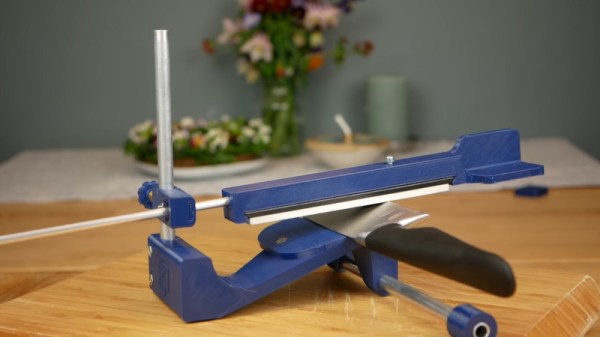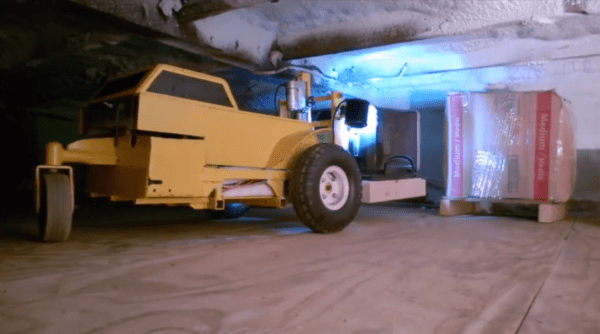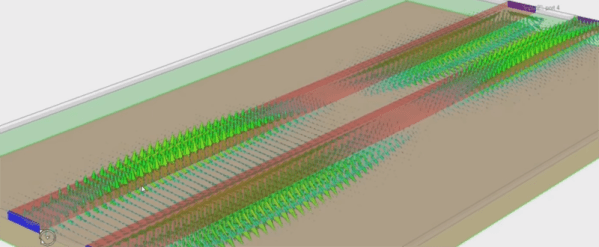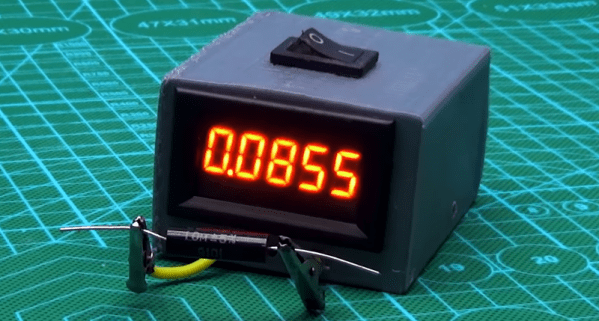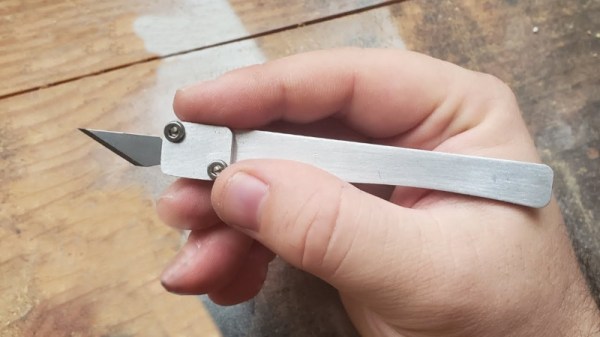A sharp knife is a joy to use, but many of us are guilty of buying the cheapest kitchen tools available and rarely maintaining them. Keeping knives sharp is key to working with them both safely and effectively, but to sharpen by hand requires patience and skill. [CNC Kitchen] instead decided to use technology to get around the problem, designing a 3D-printed tool to make the job easy (Youtube video, embedded below).
The knife sharpener is a straightforward build, requiring a few simple 3D printed parts in combination with some nuts, bolts, and aluminum rods. It’s designed to use commonly sized whetstones, which makes procurement easy. The design has undergone refinement over the years, with [CNC Kitchen] adding pockets for the magnets and a spherical bearing which reduces slop in the movement.
[CNC Kitchen] reports that the tool works wonderfully, allowing even a novice to sharpen knives well. Parts are available on Thingiverse for those who wish to print their own. If however, you insist on doing things the old-fashioned way, you can get an electronic coach to help improve your technique. Video after the break.
Continue reading “3D Printed Knife Sharpening Tool Makes The Job Easy”

